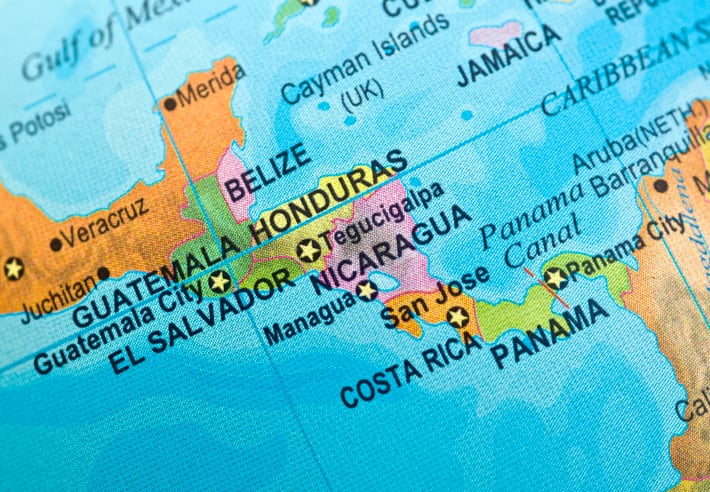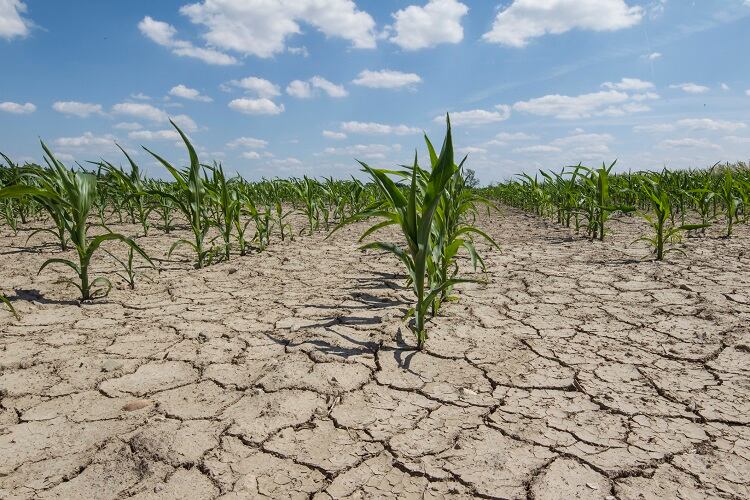The Initiative for the Americas Fund (FIAES) will also give financial support to the five-year RECLIMA farming project, designed and led by the United Nations’ Food and Agriculture Organization (FAO).
The agreement was signed yesterday at FAO’s headquarters in Rome, and comes just days after GCF pledged over US$25 million and the Paraguayan government $65m to combating deforestation, hunger and poverty in Paraguay.
FAO Assistant Director-General for Programme Support and Technical Cooperation, Roberto Ridolfi said: "We want to build on this momentum to consolidate our joints efforts in dealing with climate change effects in the world and supporting the sustainable management of agriculture systems and natural resources. We also agreed to work together towards leveraging GCF resources with other public and private investors."
The project aims to support around 50,000 family farmers in El Salvador’s Dry Corridor (see below), an area that suffers severe droughts, floods and tropical storms, by transform their farming practices, improving technical knowledge and making their farms more resistant to climate shocks.
The Dry Corridor strip stretches from Southern Mexico to Panama and is prone to severe weather events due to El Niño.
The 50,000 farmers involved in the RECLIMA project account for almost 15% of El Salvador’s family farmers, and the project will have a positive impact on around 225,000 vulnerable people.
“RECLIMA also envisages improving agricultural extension systems and promoting a landscape approach to provide ecosystem services through the restoration of 17,000 hectares of degraded land,” said FAO. “In addition, close to 4,000 families stand to benefit from better access to water through the capture, storage, and distribution of rainwater.”
As a result of the project, an estimated 4.2m tonnes of CO2 emissions will be avoided, said GCF.
The Dry Corridor
The Central American Dry Corridor (CADC) is a tropical dry forest region on the Pacific side of Central America. It runs from Mexico's Pacific coast to the western part of Costa Rica and western provinces of Panama.
An ecological concept, the Dry Corridor is characterized by irregular rainfall, leaving people in the region vulnerable to both drought and flooding. It has become one of the most susceptible regions in the world to climate change and variability.
The countries most affected are Guatemala, El Salvador, Honduras, and Nicaragua.
Source: FAO




